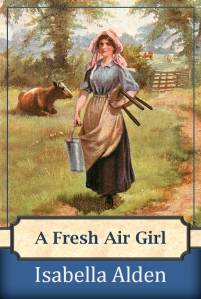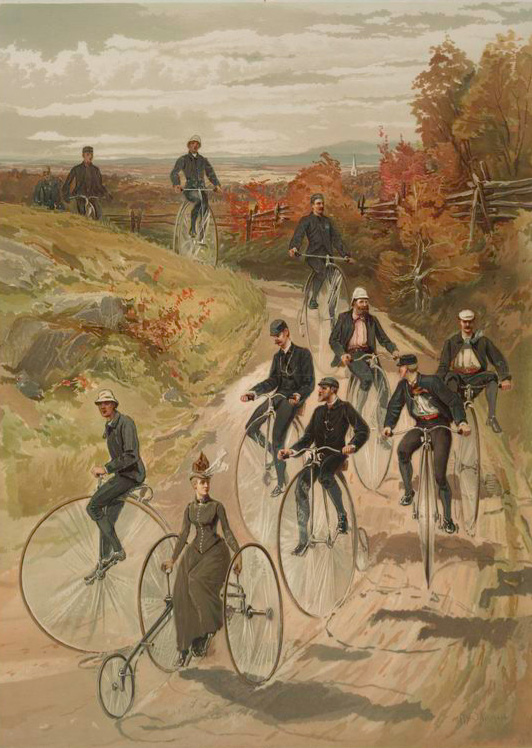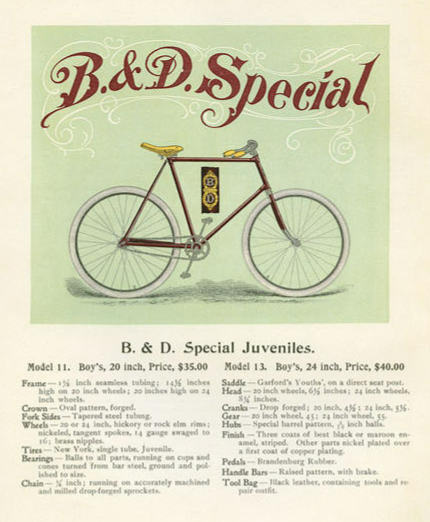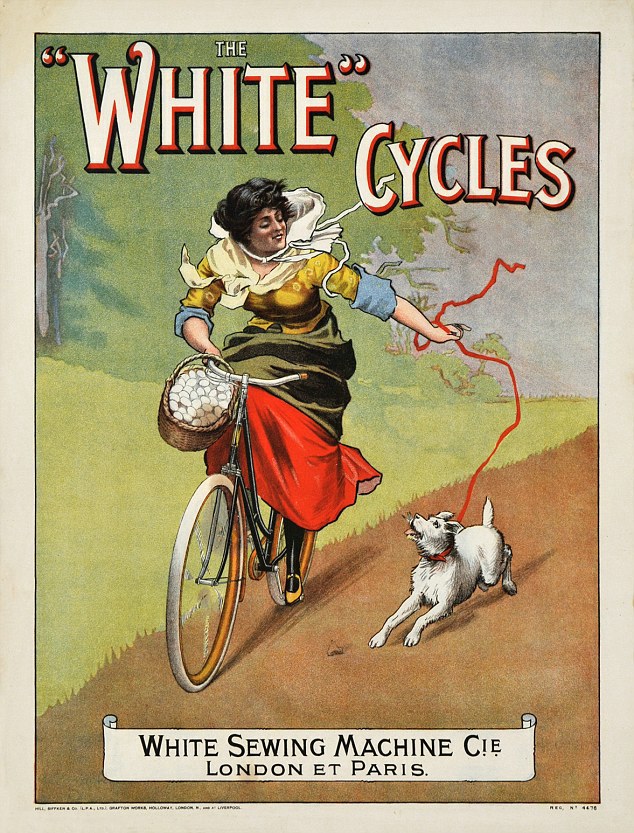In 1877 a rural Pennsylvania minister named Willard Parsons and members of his congregation began a program that would later become The Fresh Air Fund. The idea behind the program was simple: members of the congregation opened their homes to the neediest of children from disadvantaged neighborhoods in New York City, and provided the children with a few weeks of fresh air, healthy food, and new experiences.
Later, as the program expanded, The Fresh Air Fund opened summer camps that offered many inner-city children their first glimpse of a lake, green grass, and wide open fields.
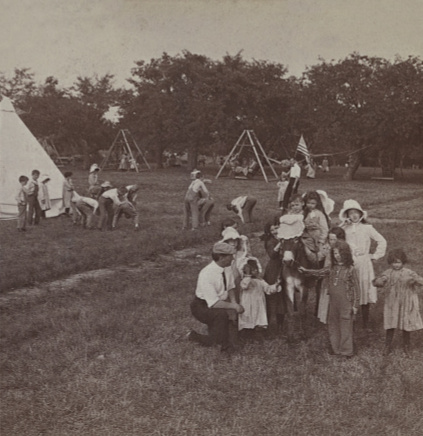
One such camp was The Salvation Army Home in Spring Valley, New York. Only 35 miles from New York City, the camp taught children to hike, grow fresh vegetables, and roam the great outdoors.

Isabella was a believer in the benefits of Fresh Air programs. She also believed individuals could impact the lives of destitute children just as well as large charitable organizations. That was the premise of her novel Monteagle (which you can read more about here). In the novel Mrs. Hammond helps poor Dilly West escape the summer heat by taking her along on a trip to the Monteagle Assembly in the cool Tennessee mountains.
It’s also the theme of this month’s free read, a short story Isabella wrote in 1897.
To escape the city heat, wealthy Miss Katherine Eaton spends the summer on a country farm, where she learns about the fresh air program for city waifs. Soon, her imagination takes hold of the idea, and she begins to plan her own program to teach a farm girl the benefits of city life. But it may be that Katherine is the one in need of a lesson.
You can read “A Fresh Air Girl” for free!
Choose the reading option you like best:
You can read the story on your computer, phone, tablet, Kindle, or other electronic device. Just click here to download your preferred format from BookFunnel.com
Or you can select BookFunnel’s “My Computer” option to receive an email with a version you can read, print, and share with friends.

